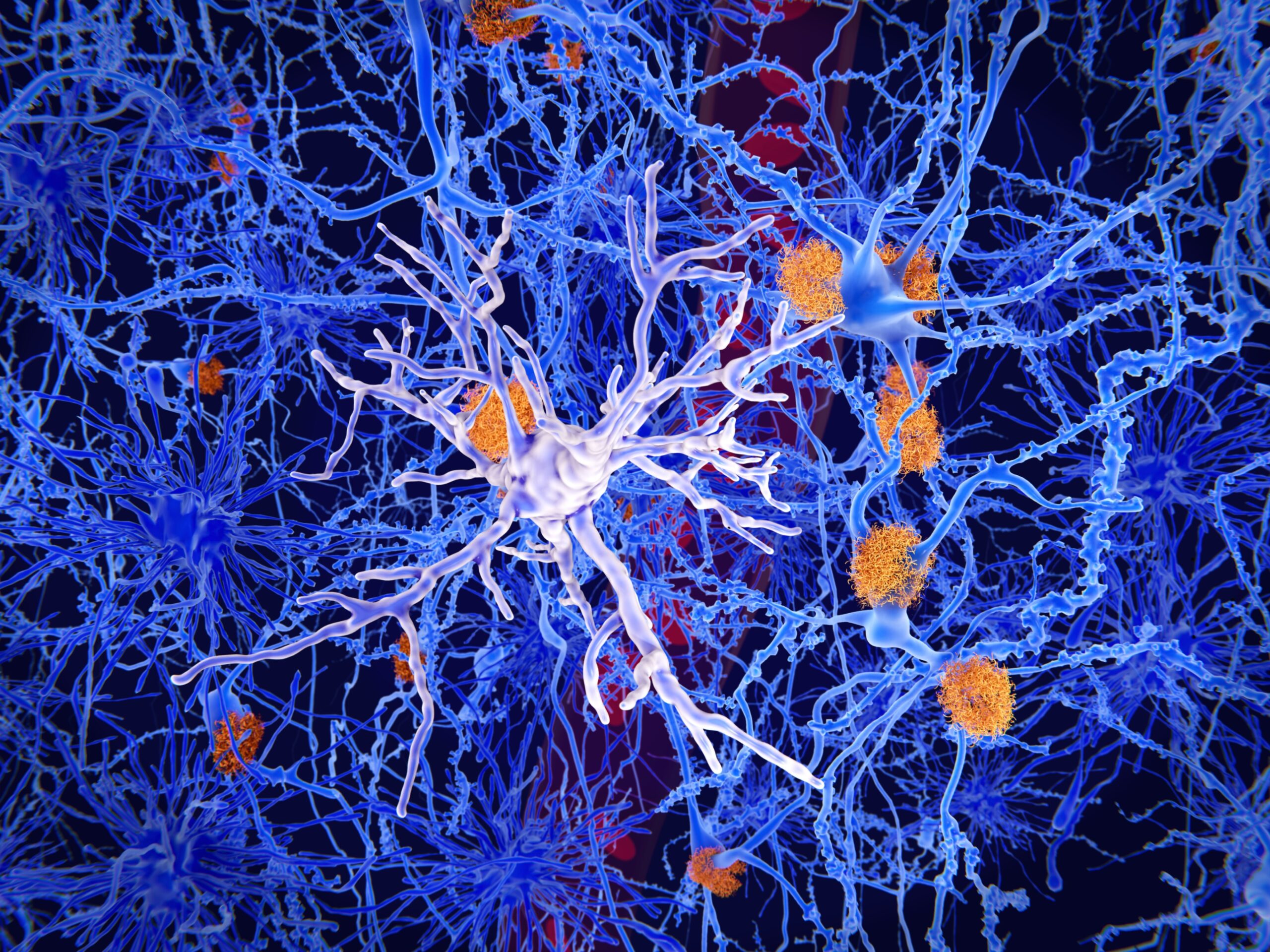“Deciphering the molecular underpinning of these exceptional responses may hold the key to transforming the hope for miracles into the reality of an expected cure for glioblastoma patients,” said Clark C. Chen, MD, Ph.D., Lyle French Chair in Neurosurgery and head of the Department of Neurosurgery at the University of Minnesota Medical School, who is also lead author of the study.
The study team looked at the gene expression profiles of glioblastoma specimens collected from approximately 900 glioblastoma patients from regions across the world to identify unique features associated with exceptional responders, defined as glioblastoma patients who survive more than two years after treatment.
“We utilized different state-of-the-art analytics to study these samples, including methods innovated by Dr. Aaron Sarver, a member of the University of Minnesota Institute of Health Informatics. Impressively, these analytics converged on a single observation, a paucity of microglia and macrophages,” Chen said.
Microglia and macrophages are specialized, immune cells that act as scavengers to recognize and remove cells not normally present in a healthy brain, including cancer cells. These immune cells migrate to sites harboring abnormal cancer cells to defend the body against the cancer cells and can make up more than half of the cells in a glioblastoma sample.
“If microglia and macrophages normally fend off cancer cells, more of them should allow the body to better fend off the tumor. So, we expected to see more of them in the exceptional responders; however, we found the contrary,” said Jun Ma, a researcher in the Department of Neurosurgery at the U of M Medical School and a co-first author of this study.
Resolving this paradox, the research team subsequently demonstrated glioblastoma cells possess the capacity to recondition the surrounding microglia and macrophages and corrupt their native anticancer functions. Instead of fending off cancer growth, these immune cells are now re-programmed by glioblastoma cells to promote tumor growth.
“It is frightening to consider the possibility that cancer cells can ‘brainwash’ our own immune cells and convert them from cells that fight cancer to cells that promote cancer,” said Judith Varner, a co-senior author of the study and professor of pathology at the University of California, San Diego. “Fortunately, we have figured out how glioblastoma cells subvert our immune system and can now reverse this cellular version of the ‘Stockholm syndrome.'”
Stockholm syndrome is a psychological response in which hostages or abuse victims develop an emotional bond with and act to help their captors.
The key to curing this cellular “Stockholm syndrome” and possibly glioblastoma lies in a protein called phosphoinositide-3-kinase gamma isoform (PI3K?). Activation of this protein turns microglia and macrophages from immune cells that police cancer growth into hostage cells that promote cancer growth. Varner has studied this process for many years and pioneered drugs that restore the anti-tumor activities of microglia and macrophages.
“In our animal glioblastoma models, treatment with drugs targeting PI3K? consistently resulted in impressively durable responses to chemotherapy,” Chen said. “We are eager to translate these findings into a human trial, with the hope of transforming every glioblastoma patient into an exceptional responder.”




